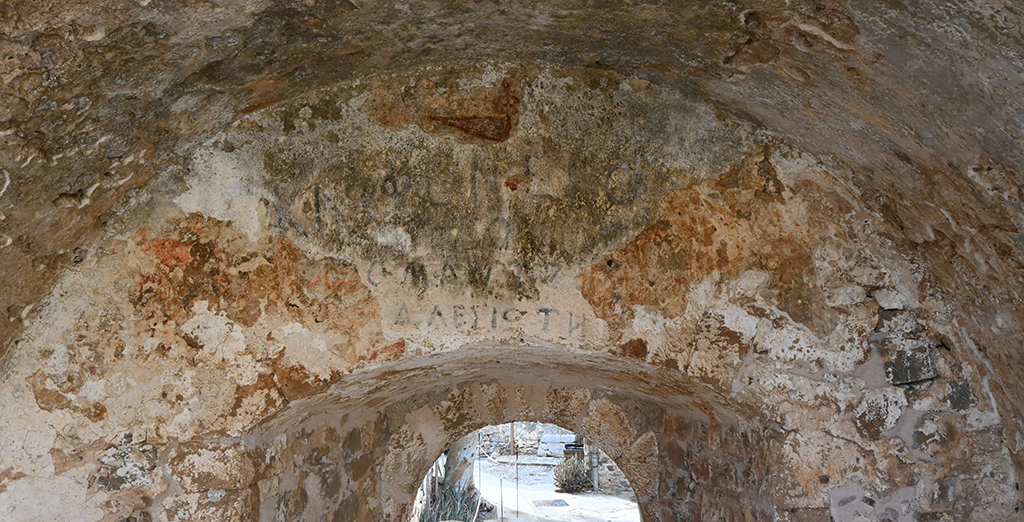Ottoman times
After a three-month siege, a period during which all food supplies are consumed, and after the fall of the fortress of Souda, the General Provisioner of Spinalonga, Zuan Francesco Giustiniani, surrenders the fortress to the Ottomans on October 4, 1715. The Venetian garrison withdraws, but despite the agreement, the island's remaining inhabitants are captured. One hundred twenty men capable of rowing are sent to the Imperial Naval Station in Constantinople, while 230 men unable to row and 243 women and children are sold in the booming slave market of the time.
The fortress remains uninhabited for about two years until the restorations of the fortifications are completed. In 1718, troops of local Muslim soldiers (Janissaries) settle on the island along with their families.
The militarized settlement simultaneously serves as a legitimate centre for the slave trade and functions as a place of exile and imprisonment for Christian and Muslim convicts from all over Crete while also serving as a detention centre for Janissary units responsible for revolts or riots.
During the same period, the port of Spinalonga gradually develops into a significant trading station for ships moving in the broader region of the southeastern Aegean. In 1718, the only customs office of the province of Merambello was established here, operating with short periods of interruption until 1866. The island thus becomes the headquarters of trading companies and is evolving into a base for the business activities of the broader area, attracting the investment interest of politically and economically influential local authorities.
Products such as salt, leather, honey, wax, grindstones, silk, carobs, etc., are being transported from the port. Until the late 18th century, Spinalonga is an important oil loading point for French ships, which transport oil to the soap factories of Marseille. The island also operates as a Sanitarium.
The revolutionary activity of the Christians of Crete throughout the 19th century dramatically changes the situation on the island. Battles between local Christian rebels and the Ottoman military and naval forces stationed at Spinalonga are frequent.
Photo Gallery
On the arched frame of Carbonana Gate and under the layer of quicklime with the inscription that refers to the cafe of the Leper Colony era, part of an emblem in the center can be seen in red as well as part of an inscription on the left, possibly related to the local janissaries living on the islet. ©Ephorate of Antiquities of Lasithi






